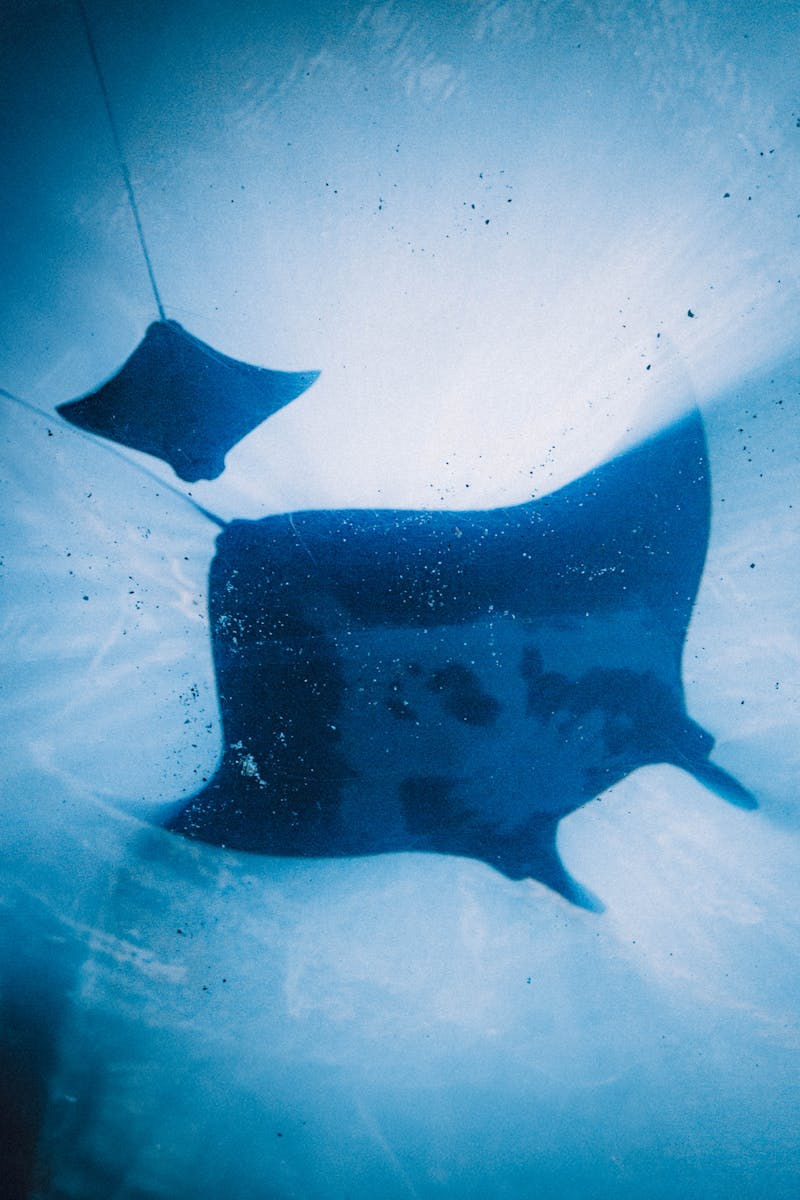Wild Fisheries
- The majority of sushi-grade fish in the U.S. is sourced from wild fisheries, particularly those in the Pacific Ocean.
- Fish like tuna, salmon, and halibut are commonly harvested from these fisheries and undergo strict standards for quality.
- Key regions for wild fisheries include Alaska, the Pacific Northwest, and parts of Hawaii.
- Sustainable fishing practices are critical to ensure the long-term viability of these sources.
- International treaties and regulations help manage the stocks of these fish, allowing them to be harvested responsibly.
Aquaculture
- Aquaculture has emerged as a vital source for sushi-grade fish, alleviating pressure on wild stocks.
- Farms in the U.S. and abroad produce species like tilapia and barramundi, increasingly available in sushi form.
- These controlled environments allow for consistency in quality and safety standards.
- Innovations in aquaculture technology help ensure disease management and feed efficiency.
- Farmed fish may lack the fatty textures prized by sushi connoisseurs but are often more sustainable.
Importation
-
Due to high demand, a significant portion of sushi-grade fish is imported from countries like Japan, Norway, and New Zealand.
The high demand for sushi-grade fish in the United States has led to significant importation from countries renowned for their premium seafood, such as Japan, Norway, and New Zealand. Japan is particularly noted for its bluefin tuna, a staple in sushi cuisine, while Norway is famous for its salmon, prized for its rich flavor and texture. New Zealand contributes with diverse offerings, including high-quality, sustainably managed species. These countries have established themselves as leaders in seafood production, with rigorous standards that align closely with U.S. safety regulations, ensuring the fish are suitable for raw consumption. The global reach of these imports not only satisfies the American appetite for sushi but also introduces unique flavors and culinary experiences to consumers.
- Species such as bluefin tuna and high-quality salmon are commonly imported, adhering to U.S. safety regulations.
- The FDA inspects imported seafood to ensure it meets safety and quality standards.
-
Trade agreements can affect the cost and availability of imported fish.
Trade agreements play a pivotal role in shaping the cost and availability of imported sushi-grade fish in the U.S. By regulating tariffs, quotas, and trade routes, agreements between nations can determine how economically feasible it is to source species like bluefin tuna or salmon from regions such as Japan or Norway. For instance, free trade agreements can lower the cost of importing high-quality seafood by reducing tariffs, making premium sushi-grade fish more accessible to consumers. Conversely, trade restrictions or disruptions, such as those from political tensions or economic sanctions, can limit supply, drive up prices, and increase reliance on domestic or alternative sources.
Environmental priorities are gaining traction in these agreements, with several incorporating sustainable fishing clauses to ensure that imported fish are harvested responsibly. Programs like the World Trade Organization’s negotiations on fisheries subsidies aim to curtail overfishing globally. These measures not only affect availability and pricing domestically but also influence the ecological health of international fisheries, ultimately linking market demand to conservation efforts. Such dynamics underscore how deeply trade agreements intertwine environmental sustainability with economic access to sushi-grade fish.
- Sourcing from different international regions can lead to variability in flavor and texture.
Quality Standards
- Sushi-grade fish must meet rigorous standards to be deemed as safe for raw consumption.
- Frozen fish is often labeled as sushi-grade if it has been blast-frozen to kill parasites.
- The term ‘sushi-grade’ is not standardized legally, leading to varying definitions among suppliers.
- Dependable sources often rely on certifications from organizations that promote responsible fishing.
- Educated consumers can seek out suppliers with traceability in their fish sourcing.
Consumer Practices
- Educated consumers and chefs play a vital role in the demand for high-quality sushi-grade fish.
- Restaurants may build partnerships with reliable suppliers, sharing the importance of sustainability.
- Transparency in sourcing practices influences consumer trust and choice.
- Seasonal availability affects the types of fish featured in sushi dishes throughout the year.
-
Community-supported fisheries can provide direct access to consumers seeking fresh, local options.
Community-supported fisheries (CSFs) offer an environmentally conscious way for consumers to access fresh, local seafood, including sushi-grade fish. Modeled after community-supported agriculture (CSA), CSFs allow consumers to directly purchase shares in local fishing endeavors. This approach prioritizes sustainable fishing practices, as fishermen focus on harvesting within ecological limits while reducing bycatch and avoiding overexploitation. Additionally, CSFs help strengthen regional economies, promoting transparency and trust in the seafood supply chain. For sushi enthusiasts, this means access to fish that is not only fresher but also responsibly sourced, supporting both marine biodiversity and local livelihoods.
What are your thoughts on this tool? Leave feedback →






